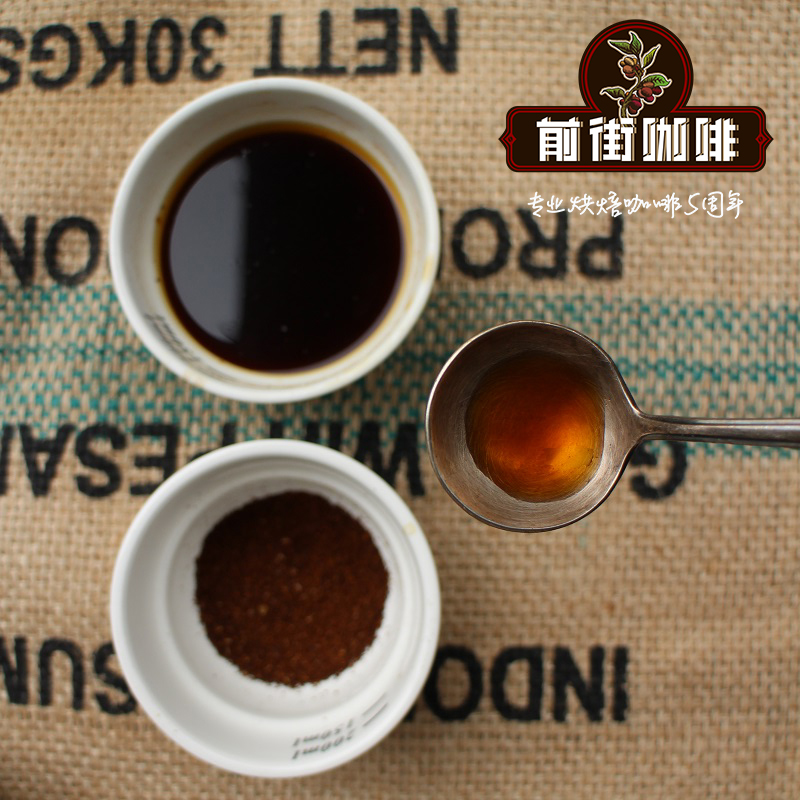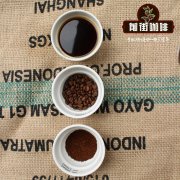How does coffee get to Yemen? a description of the historical flavor and taste of Yemeni coffee.

Professional coffee knowledge exchange more coffee bean information please follow the coffee workshop (Wechat official account cafe_style)
For 150 years since the 16th century, Yemen has been the world's exclusive supplier of coffee, all of which is exported from the port of Mocha in the Red Sea.
Under Yemen's unique microclimate and high altitude environment, the coffee produced is rich in sweetness and chocolate flavor. in order to imitate the taste of Yemen coffee, many coffee shops add chocolate syrup to the coffee cooked from beans from different producing areas. also known as "mocha coffee".
In the middle of the 1600 century, an Indian smuggled seven coffee beans from Yemen. Since then, coffee beans have spread all over the world, and 90% of the world's coffee beans can be traced back to Yemen.
As early as the end of the 17th century to the early 18th century, the first coffee beans drunk by Europeans actually came from Yemenmoka, so the term "mocha" became synonymous with coffee. However, today, three centuries later, Yemen coffee is no longer as rich as it used to be, with an annual output of only about 10,000 metric tons, which is simply insignificant compared with other countries. However, Yemenmoka's "game" boutique coffee beans are still missed by many people. Yemenmoka is fascinating with complex flavors such as red wine, wild game, dried fruit, berries and chocolate.
Although the coffee variety of Yemen comes from Ethiopia, after evolution, it has actually become a unique variety of Yemen. it is easy to say that only the old farmer of Yemen can distinguish it according to the planting environment and region. it is difficult for the outside world to understand. the main reason is that the bean appearance and flavor are actually similar to Ethiopia's Sobiahara and the sun's Yega Sheffield, but the flavor of Yemen is more elusive and complex. It's a little more mysterious.
The producing areas of Yemen coffee are mainly concentrated in the northern highlands, with elevations ranging from 1000 to 2400 meters, with a great drop and many kinds of topography, of which several well-known producing areas are as follows:
Matali (also known as Magdali, Mattari): located at 2000-2400 meters above sea level, it is the highest producing area in Yemen and the most famous coffee bean. When shallow baking, the flavor has obvious fruit fermentation and red wine aroma, obvious sweetness, with berry or citrus sour aromas. But deep baking is a different flavor, with a clear chocolate sweetness.
Sanani: Shanali is a general term that refers to coffee in the surrounding areas of the capital Sana'a. The flavor of this area has a thick fruity aroma, often with more ripe fruit and game than Matali, but at present it is extremely rare and the quality is uneven, which requires special attention.
Ismaeili: at 1800-2200m above sea level, it is located in the middle of Yemen, and this name is also the name of the variety. Bean shape is more round than Matali, and slightly more complex, even with the smell of cardamom, tobacco and sunwood, less production and high price.
Important Notice :
前街咖啡 FrontStreet Coffee has moved to new addredd:
FrontStreet Coffee Address: 315,Donghua East Road,GuangZhou
Tel:020 38364473
- Prev

Is it difficult to learn coffee roasting? What do you mean by coffee baking and baking?
Professional coffee knowledge exchange more coffee bean information please pay attention to the coffee workshop (Wechat official account cafe_style) raw beans refers to coffee, the main ingredients, protein, oligosaccharides, caffeine, chlorogenic acid, amino acids and other chemical changes caused by heat roasting, resulting in coffee beans very unique color, bitterness, rustic, sour and texture of these ingredients
- Next

The three major brands of Cuban coffee how to cook Cuban coffee with serrano flavor
Professional coffee knowledge exchange more coffee bean information please follow the coffee workshop (Wechat official account cafe_style) Cuba is familiar with and distant countries, familiar with the Cuban baseball team often win all levels of baseball world championships, far away is Cuba on the other side of the world in the beautiful Caribbean, coffee, like other Cuban industries are state production management, Cuban coffee
Related
- Beginners will see the "Coffee pull flower" guide!
- What is the difference between ice blog purified milk and ordinary milk coffee?
- Why is the Philippines the largest producer of crops in Liberia?
- For coffee extraction, should the fine powder be retained?
- How does extracted espresso fill pressed powder? How much strength does it take to press the powder?
- How to make jasmine cold extract coffee? Is the jasmine + latte good?
- Will this little toy really make the coffee taste better? How does Lily Drip affect coffee extraction?
- Will the action of slapping the filter cup also affect coffee extraction?
- What's the difference between powder-to-water ratio and powder-to-liquid ratio?
- What is the Ethiopian local species? What does it have to do with Heirloom native species?

